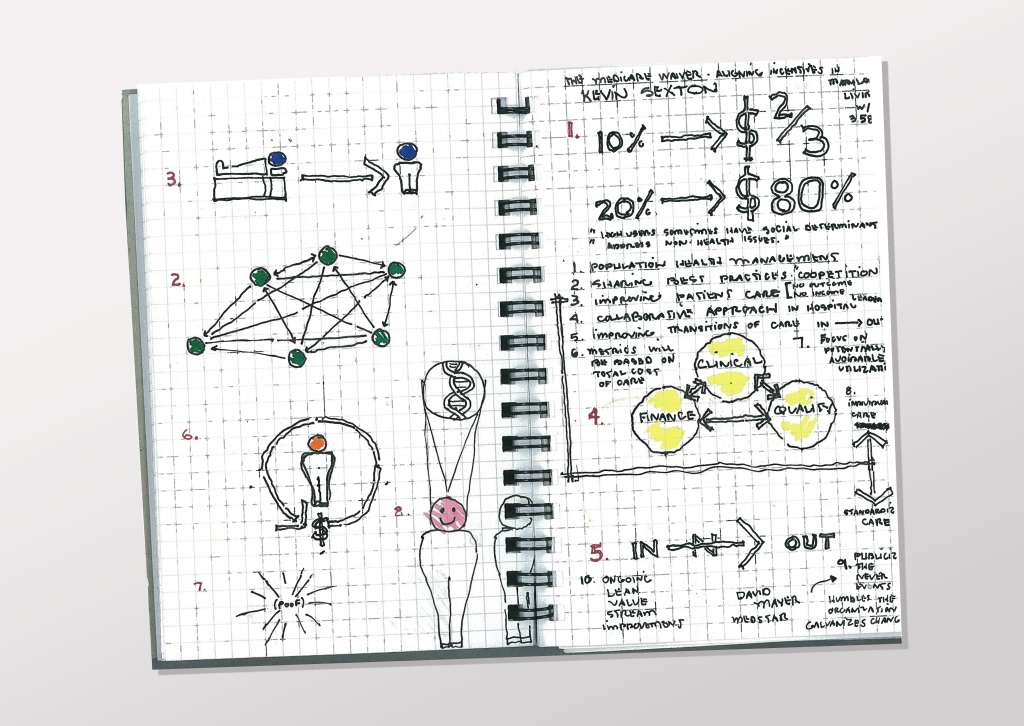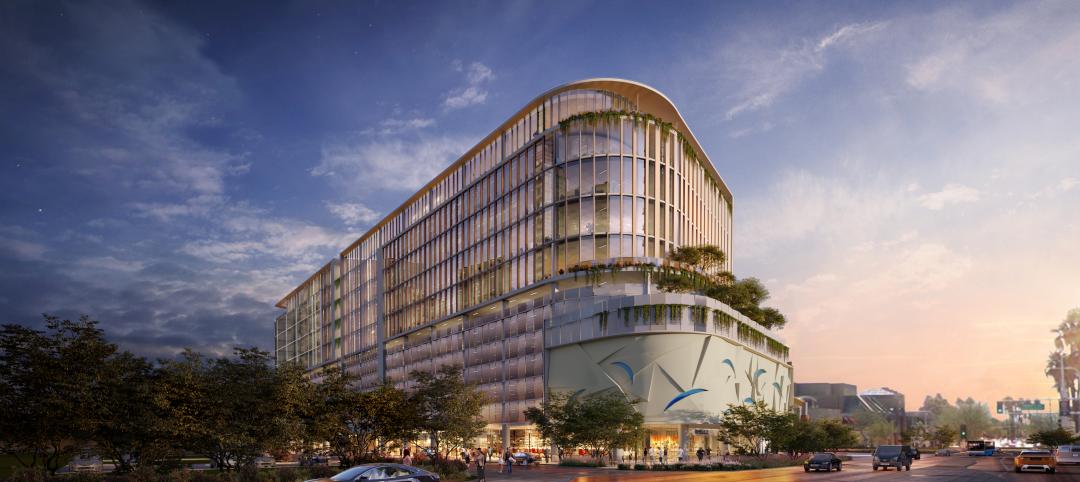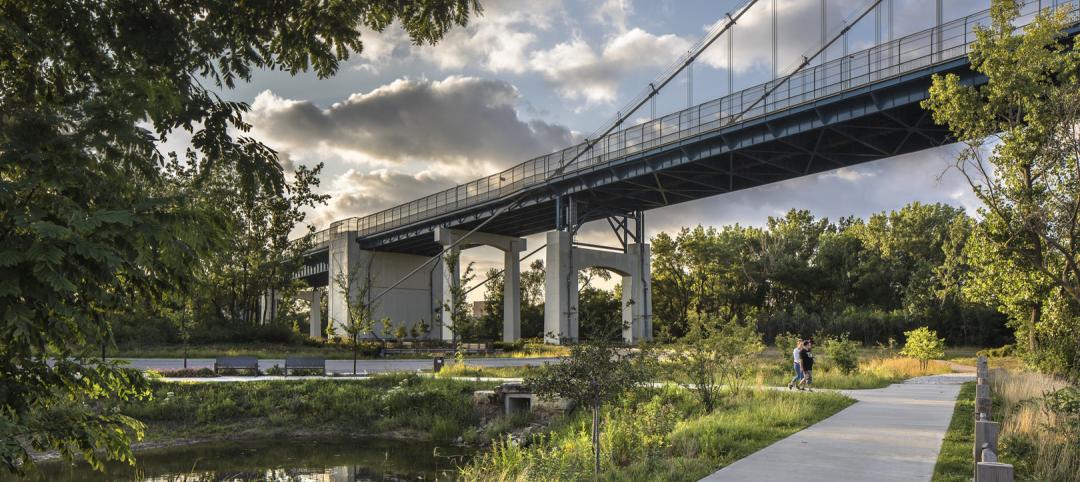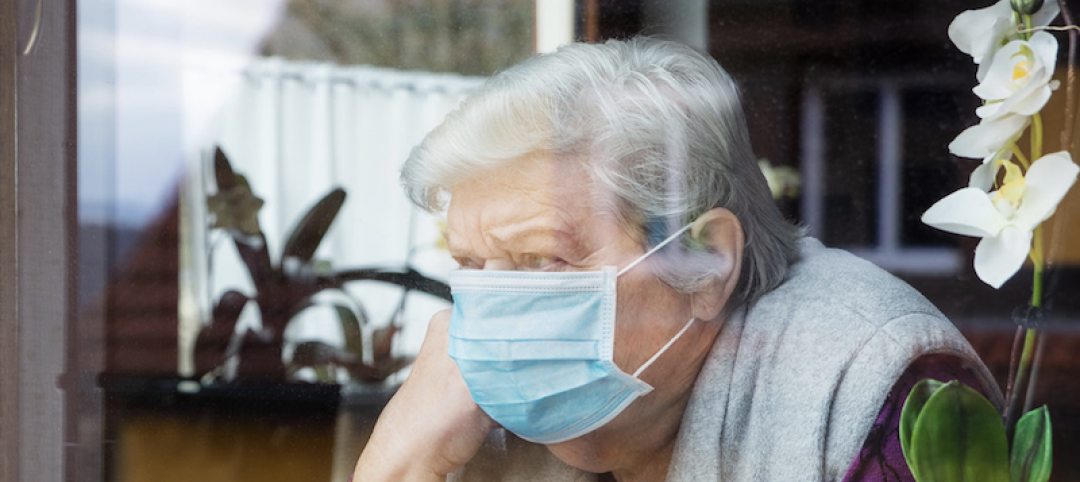I attended the Maryland Association of Healthcare Executives Symposium last fall. It consisted of four panel discussions, all of which were terrific. (Full disclosure: I was moderator for one of them.)
I started doodling as I listened and realized it is all about motion and connectivity. The diagrams below are cleaned up versions of my sketches.
Here are the top 10 issues I heard:
1. Kevin Sexton of Holy Cross Hospital in Silver Spring, Maryland, reminded us that 20% of patients use 80% of the resources and 10% use 65%. Successful organizations must manage these patients and their comorbidities.
2. The notion of sharing best practices across systems will become increasingly important. This “coopetition” requires hospitals and systems to think differently about their intellectual property. Steve Ports of the Health Services Cost Review Commission said that regulations in Maryland will encourage this among providers.
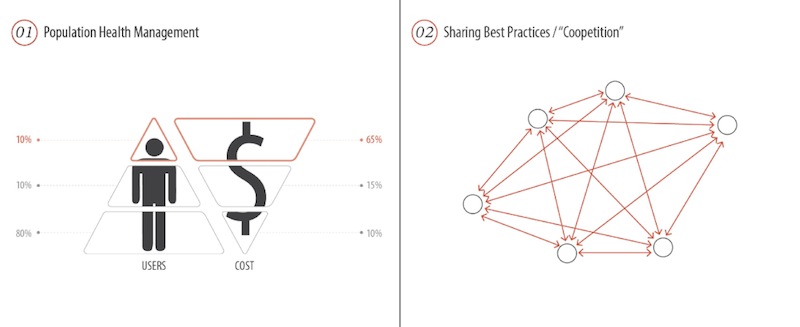
3. The medical home model of care is gaining ground and providers are utilizing it to manage patient care more effectively.
4. All agreed that a collaborative approach between clinical, financial and quality of care leadership will benefit inpatient facilities. Shirley Knelly of Anne Arundel Medical Center in Annapolis, Maryland, put it succinctly, “No outcome, no income.” Systems are linking spend data and procedural data, so systems can identify high cost devices and high cost physicians and administrators can understand if cost savings might be found.
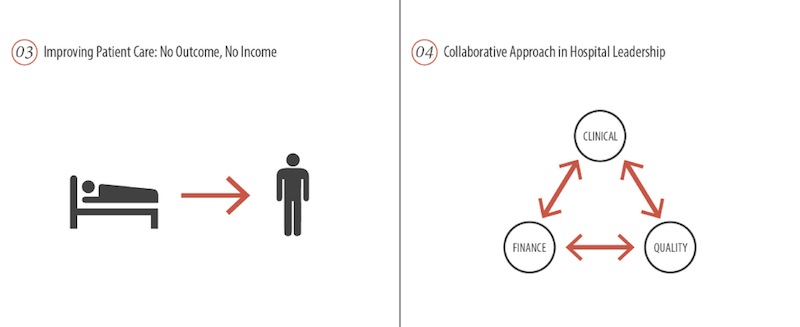
5. All agreed that improving the transition of care from inpatient to outpatient will be critical to success.
6. Metrics will be based on the total cost of care.
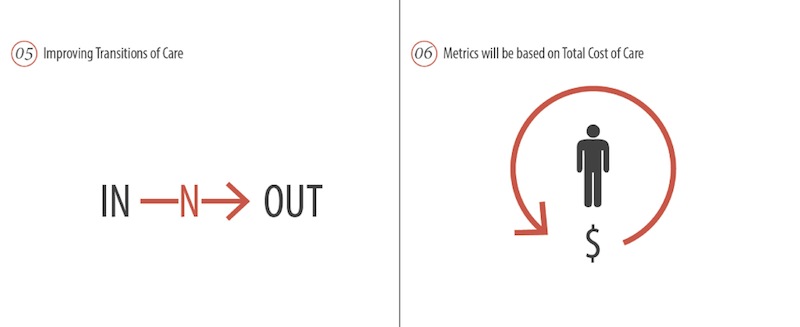
7. A new level of focus will be brought to potentially avoidable utilization.
8. The push toward standardized care and clinical variation reduction will be balanced by the need and capability to provide more individualized care—an interesting dichotomy.
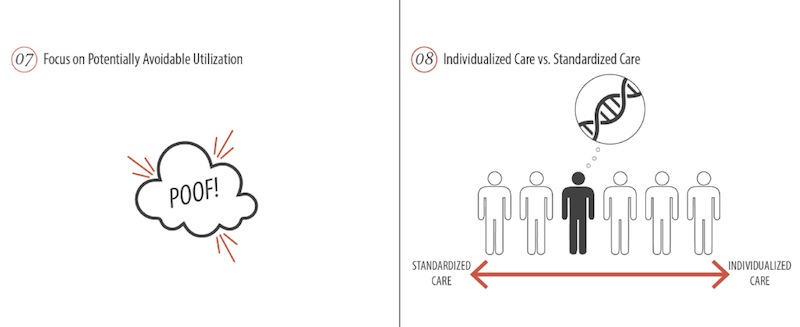
9. David Mater of MedStar Health publicizes never events which have adverse effects to patient outcomes within his organization. He feels this humbles the organization, creates transparency and accountability, and galvanizes improvement.
10. Ongoing Lean value stream improvement, while not universal, is utilized at many institutions. It seems both critical and inevitable.
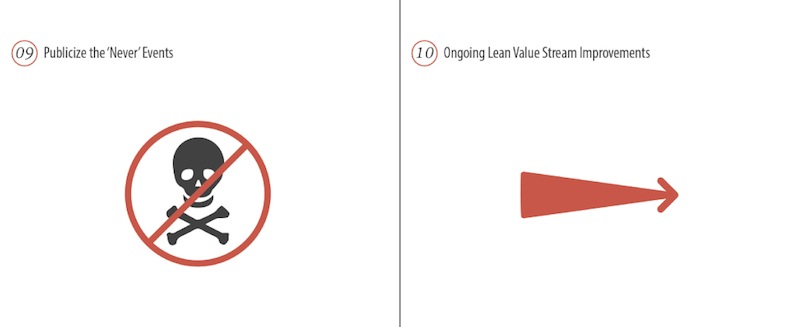
About the Author: As the Washington, D.C., Health Studio Leader, Bill Kline manages some of the firm’s most significant healthcare projects for clients such as the U.S. Department of Veterans Affairs and the U.S. Navy. They include the National Intrepid Center of Excellence in Bethesda, Maryland, and the Center for the Intrepid in San Antonio, Texas, two of the world’s most advanced rehabilitation facilities for wounded soldiers. More posts by Kline.
More from Author
SmithGroup | Mar 28, 2023
Inclusive design requires relearning how we read space
Pulling from his experience during a campus design workshop, David Johnson, AIA, LEED AP, encourages architects to better understand how to design spaces that are inclusive for everyone.
SmithGroup | Feb 27, 2023
Surfing the Metaversity: The future of online learning?
SmithGroup's tour of the Metaversity gives us insight on bringing together physical and virtual campuses to create a cohesive institution.
SmithGroup | Nov 28, 2022
Data centers are a hot market—don't waste the heat!
SmithGroup's Brian Rener shares a few ways to integrate data centers in mixed-use sites, utilizing waste heat to optimize the energy demands of the buildings.
SmithGroup | Aug 3, 2022
Designing learning environments to support the future of equitable health care
While the shortage of rural health care practitioners was a concern before the COVID-19 pandemic, the public health crisis has highlighted the importance of health equity in the United States and the desperate need for practitioners help meet the needs of patients in vulnerable rural communities.
SmithGroup | Aug 10, 2021
Retail reset: The future of shopping malls
Developers and design partners are coming together to reimagine how malls can create a new generation of mixed-use opportunities.
SmithGroup | May 17, 2021
Future pandemic preparedness at the medical district scale
The current COVID-19 pandemic highlights the concern that we will see more emergency events in the coming years.
SmithGroup | Jan 25, 2021
Amid pandemic, college students value on-campus experience
All the students we interviewed were glad that they returned to campus in one form or another.
SmithGroup | Aug 13, 2020
Renewing the healing role of public parks
While we can’t accurately predict all the ways we will respond to the current COVID-19 pandemic, it should provide a moment of reflection as we see all too clearly the consequences of our exploitation and destruction of nature.
SmithGroup | Jul 21, 2020
How design of senior living communities must change after COVID-19
The cost of maintaining high quality of care and high quality of life for senior living communities has increased up to 73% for senior living communities that remain free of COVID-19 and up to 103% for COVID-19 positive senior living communities.
SmithGroup | Jun 12, 2020
How will museums change after COVID-19
This new environment may herald innovative economic models and change the way we think about museum design.

